Filter by
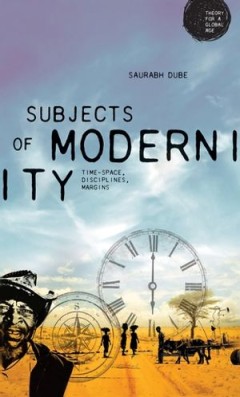
Subjects of modernity Time-space, disciplines, margins
This book explores modernity, the disciplines, and their interplay by drawing in critical considerations of time, space, and their enmeshments. Based in anthropology and history, and drawing on social-political theory (as well as other, complementary, critical perspectives), it focuses on socio-spatial/disciplinary subjects and hierarchical-coeval tousled temporalities. The spatial/temporal tem…
- Edition
- -
- ISBN/ISSN
- 9781526105134
- Collation
- -
- Series Title
- -
- Call Number
- -

Sport in the Black Atlantic Cricket, Canada and the Caribbean diaspora
This book outlines the ways in which sport helps to create transnational social fields that interconnect migrants dispersed across a region known as the Black Atlantic: England, North America and the Caribbean. Many Caribbean men’s stories about their experiences migrating to Canada, settling in Toronto’s urban and suburban neighbourhoods, finding jobs, returning home for visits, and travel…
- Edition
- -
- ISBN/ISSN
- 9781526104939
- Collation
- -
- Series Title
- -
- Call Number
- -
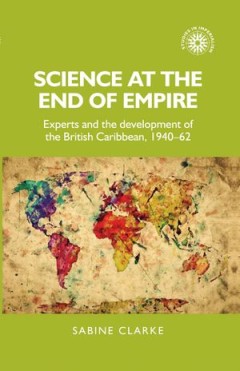
Science at the end of empire
This book produces a major rethinking of the history of development after 1940 through an exploration of Britain’s ambitions for industrialisation in its Caribbean colonies. Industrial development is a neglected topic in histories of the British Colonial Empire, and we know very little of plans for Britain’s Caribbean colonies in general in the late colonial period, despite the role played …
- Edition
- -
- ISBN/ISSN
- 9781526131409
- Collation
- -
- Series Title
- -
- Call Number
- -
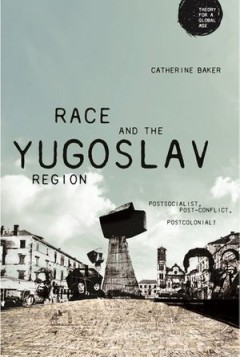
Race and the Yugoslav region Postsocialist, post-conflict, postcolonial?
This book explains theoretical work in postcolonial and postsocialist studies to offer a novel and distinctive insight into how Yugoslavia is configured by, and through, race. It presents the history of how ideas of racialised difference have been translated globally in Yugoslavia. The book provides a discussion on the critical race scholarship, global historical sociologies of 'race in transla…
- Edition
- -
- ISBN/ISSN
- 9781526126610
- Collation
- -
- Series Title
- -
- Call Number
- -
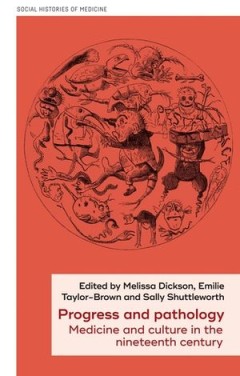
Progress and pathology Medicine and culture in the nineteenth century
This collaborative volume explores changing perceptions of health and disease in the context of the burgeoning global modernities of the nineteenth century. With case studies from Britain, America, France, Germany, Finland, Bengal, China and the South Pacific, it demonstrates how popular and medical understandings of the mind and body were reframed by the social, cultural and political structur…
- Edition
- -
- ISBN/ISSN
- 9781526147547
- Collation
- -
- Series Title
- -
- Call Number
- -
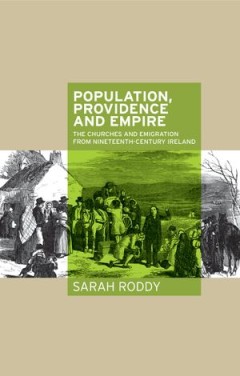
Population, providence and empire
The book knits together two of the most significant themes in the social and cultural history of modern Ireland - mass emigration and religious change - and aims to provide fresh insight into both. It addresses the churches' responses to emigration, both in theory and in practice. The book also assesses how emigration impacted on the churches both in relation to their status in Ireland, and in …
- Edition
- -
- ISBN/ISSN
- 9781526147226
- Collation
- -
- Series Title
- -
- Call Number
- -
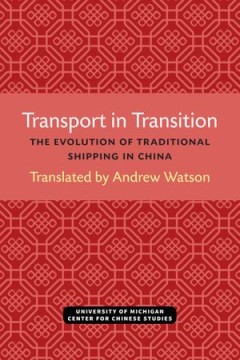
Transport in Transition: The Evolution of Traditional Shipping in China
Water transport is a major feature of the traditional Chinese economy because of its magnitude and comparative efficiency. Yet this feature has all too often been ignored by scholars, with the notable exception of Japanese scholars. We cannot hope to gain any real conception of how the Chinese economy worked in the past, or works now, until we have a clearer picture of the circulation of men an…
- Edition
- -
- ISBN/ISSN
- 9780472901562
- Collation
- -
- Series Title
- -
- Call Number
- 380 WAT t
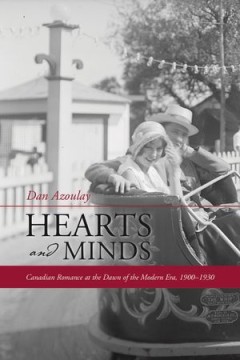
Hearts and minds : Canadian romance at the dawn of the modern era, 1900-1930
What was romance like for Canadians a century ago? What qualities did marriageable men and women look for in prospective mates? How did they find suitable partners in difficult circumstances such as frontier isolation and parental disapproval, and, when they did, how did courtship proceed in the immediate post-Victorian era, when traditional romantic ideals and etiquette were colliding with the…
- Edition
- -
- ISBN/ISSN
- 978-1-55238-521-0
- Collation
- -
- Series Title
- -
- Call Number
- 392.409 710 904 1 AZO h
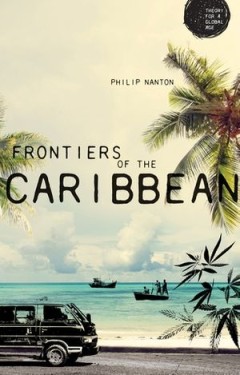
Frontiers of the Caribbean
The book argues that the frontier, usually associated with the era of colonial conquest, has great, continuing and under explored relevance to the Caribbean region. Identifying the frontier as a moral, ideational and physical boundary between what is imagined as civilization and wilderness, the book seeks to extend frontier analysis by focusing on the Eastern Caribbean multi island state of St.…
- Edition
- -
- ISBN/ISSN
- 9781526114921
- Collation
- -
- Series Title
- -
- Call Number
- -
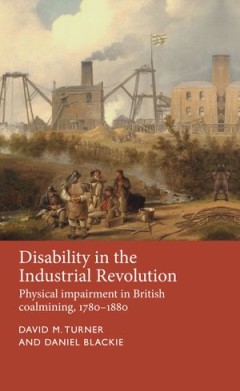
Disability in the Industrial Revolution
The Industrial Revolution produced injury, illness and disablement on a large scale and nowhere was this more visible than in coalmining. Disability in the Industrial Revolution sheds new light on the human cost of industrialisation by examining the lives and experiences of those disabled in a sector that was vital to Britain’s economic growth. Although it is often assumed that industrialisat…
- Edition
- -
- ISBN/ISSN
- 9781526125774
- Collation
- -
- Series Title
- -
- Call Number
- -
 Computer Science, Information & General Works
Computer Science, Information & General Works  Philosophy & Psychology
Philosophy & Psychology  Religion
Religion  Social Sciences
Social Sciences  Language
Language  Pure Science
Pure Science  Applied Sciences
Applied Sciences  Art & Recreation
Art & Recreation  Literature
Literature  History & Geography
History & Geography